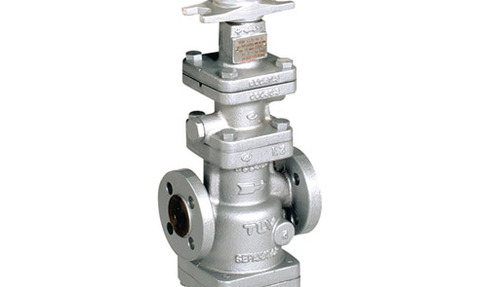
TLV, a specialist in steam engineering products and services, has been addressing the design and construction of its COSPECT pressure-reducing valves in order to improve process control and product quality.
Conventional pressure-reducing valves are prone to fluctuation when the primary pressure varies widely, producing temperature changes that can effect production quality, says the company.
Vibration and ‘valve hunting’ can also make it hard to set accurate system pressures, while moisture entrainment in the steam flow, together with rust and other impurities, can cause valve failure. Plus conventional condensate separators may reduce productivity through inefficient condensate separation.
To address these problems TLV has produced the COSPECT, which combines a shock-absorbing spherical piston (SAS), a super cyclonical effects separator (SCE) and a super steam trap (SST) in one unit.
Having a strainer, separator and steam trap built in prevents rust and scale from reaching internal components and removes condensate to protect valve seat erosion, thereby ensuring a long service life, says the company.
In fact a recent follow-up study found that one TLV client, with 68 units in use, had more than 70% units still operational after 10 years and 12 units installed over 20 years ago.
Whether it is the production of industrial rubber caterpillars, bath manufacturing, food production, or footwear manufacturing, COSPECT pressure-reducing valves are making a significant impact on process control, adds TLV.
Specific contributions to improving productivity include reduction of product defects through stabilisation of secondary pressure (with temperature fluctuations reduced from 10ºC to within 2ºC); the elimination of frequent pressure adjustments preventing temperature imperfections in metal dies; and the reduction of start-up times.
A product of advanced fluid control technology, this combination of three sub-units is designed to be a cost-effective, reliable and accurate approach to pressure reduction.
For more information, click here.






